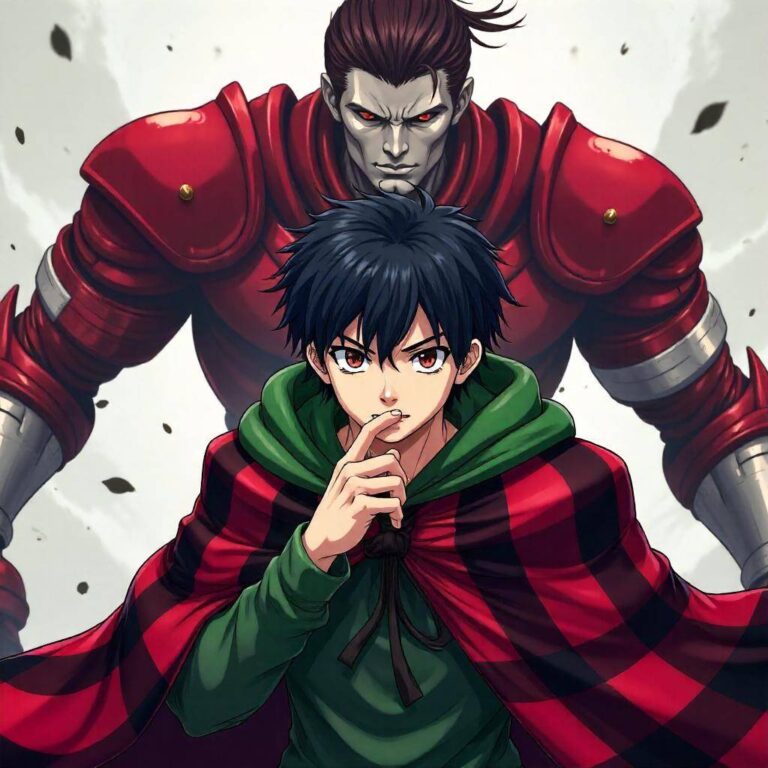Reader’s Question:
In Dragon Ball Z Kai, during the final battle in the Kaioshin realm, is Vegeta actually weaker when fighting Kid Buu as a Super Saiyan 2 compared to when he fought Fat Buu as Majin Vegeta, even though they are both in the same form?
Understanding the Power Dynamics in
Dragon Ball Z Kai: Vegeta vs. Kid Buu
As an avid fan of anime, particularly the iconic series Dragon Ball Z Kai, it’s hard to argue against the impact of its storylines and characters on the world of animation. One of the most compelling arcs is the battle against Kid Buu, where every fighter showcases their unique prowess and growth. This brings us to a fascinating question about the power dynamics between characters: Is Vegeta actually weaker while fighting Kid Buu as a Super Saiyan 2 compared to when he fought Fat Buu as Majin Vegeta? To dive into this intriguing question, we need to explore the nuances of transformation forms, character development, and the broader context of power scaling in the Dragon Ball universe.
The Transformation Spectrum: Super Saiyan vs. Majin Vegeta
First, let’s clarify the key transformations in question. Vegeta, a mainstay of the series, undergoes several transformations throughout the story. The form he adopts when battling Kid Buu is Super Saiyan 2. However, the transformation he uses against Fat Buu is Majin Vegeta, a version of Vegeta who has been manipulated by Babidi’s magic to amplify his power and unlock latent abilities. When we consider Majin Vegeta, we must understand that this form is more than just a simple transformation. It embodies Vegeta’s dark emotions and his willingness to embrace villainy for power. This emotional depth adds a layer of complexity to his character and also boosts his fighting capabilities. Majin Vegeta is effectively a powered-up version of Vegeta that capitalizes on his anger, which is a pivotal part of his character arc. To put it simply, although both forms might seem equivalent on the surface as they both represent a Super Saiyan transformation, Majin Vegeta is essentially Super Saiyan 2 with extra enhancements — a sort of turbo boost that comes from his emotional state and the dark magic of Babidi.
The Context of Their Battles
Let’s examine the context in which these battles take place. The fight with Fat Buu occurs in a different phase of the storyline, where Vegeta’s motivations are intertwined with his desire to protect his family and prove himself. This emotional turmoil fuels his power significantly. During this battle, Vegeta willingly sacrifices himself to save others, which is a testament to his growth as a character. His actions demonstrate that he is not only a fighter but also a father and protector. Shifting to the battle with Kid Buu, the context drastically changes. Kid Buu is an incarnation of evil, a being that embodies pure destruction. During this fight, while Vegeta is fighting valiantly, he seems to be on the back foot compared to Goku, who is utilizing his Ultra Instinct technique. Vegeta’s Super Saiyan 2 form, no matter how powerful, cannot match the higher levels of energy that Goku taps into. This brings us to the crux of the question: Vegeta may seem weaker against Kid Buu in Super Saiyan 2 form because he is not operating at his full potential as he did when he embraced the Majin transformation. The emotional intensity and the stakes of the battle against Fat Buu elevate his abilities to a degree that the raw power of Super Saiyan 2 against Kid Buu simply cannot replicate.
Buu’s Evolution and Influence on Power Levels
When analyzing the battles, we should also consider Buu’s evolution as a character. Fat Buu, although powerful, is a version of Buu that is somewhat restrained by his emotions and has a softer side due to his innocence. On the other hand, Kid Buu is the original and purest form of Buu — a creature of chaos and destruction with no moral compass. This transformation of Buu also impacts the fights dramatically. While Majin Vegeta was taking on Fat Buu, this version of Buu was relatively manageable, allowing for a more straightforward fight. Kid Buu’s unpredictable fighting style poses a unique challenge that requires not just power but also strategy and endurance. This is where the inherent weaknesses of Vegeta’s chosen form come into play.
Character Development through Power Struggles
Power struggles in Dragon Ball Z serve as a narrative device to showcase character development. Vegeta’s fight against Fat Buu signifies his acceptance of his role as a father and protector. His sacrifice is a pivotal moment in his character arc, demonstrating growth from a self-centered warrior to a selfless individual who fights for others. Conversely, the battle against Kid Buu highlights his ongoing struggle with his identity. Even as he fights valiantly, he is overshadowed by Goku’s ascension to a higher level of power, showing that while Vegeta has grown, he still has room to evolve. It emphasizes the theme of rivalry, particularly between Goku and Vegeta, which has been a cornerstone of the Dragon Ball series. This contrast between the two battles encapsulates the essence of Vegeta’s character: he is always striving to be better, to surpass Goku, and to prove himself worthy. Each battle represents a step towards that goal, even if he is temporarily outclassed.
Storytelling Techniques in Dragon Ball Z Kai
Dragon Ball Z Kai employs various storytelling techniques that enhance the viewer’s experience of these battles. Emotional stakes are a primary driver in both fights. The narrative effectively builds tension, allowing audiences to connect with the characters on a deeper level. In the battle against Fat Buu, the emotional weight of Vegeta’s sacrifice resonates with viewers, evoking feelings of sadness and admiration. Contrarily, the fight against Kid Buu is more about survival and the embodiment of chaos, creating a different kind of suspense that keeps audiences on the edge of their seats. Moreover, the animation and pacing play vital roles in conveying the intensity and urgency of these battles. The vibrant fight sequences, combined with strategic camera angles and sound design, elevate key moments, allowing fans to truly feel the weight of each punch and scream.
Practical Insights for Viewers and Creators
For viewers, understanding the intricacies of character transformations and plot context can significantly enhance your viewing experience. Delving deeper into character motivations and the emotional stakes at play can provide a richer understanding of the narrative. As creators, whether writing or animating, one should consider character growth as a driving force in storytelling. Presenting characters with challenges that test their abilities and beliefs not only enriches the story but also resonates with the audience on multiple levels. Showcasing emotional stakes alongside physical confrontations can lead to powerful storytelling.
Final Thoughts
In summary, Vegeta’s perceived weakness when fighting Kid Buu as a Super Saiyan 2 stems from the complexities of character development, emotional stakes, and the context of each battle. While Super Saiyan 2 Vegeta is a formidable fighter, the enhancements from the Majin transformation allow him to exhibit a level of power that surpasses his abilities against Kid Buu. As fans of Dragon Ball Z Kai, it’s crucial to appreciate not just the epic battles but also the character journeys that unfold within them. Each fight signifies more than just a clash of powers; they are showcases of growth, sacrifice, and the ongoing rivalry that defines the essence of this beloved series. I’d love to hear your thoughts and experiences! What do you think about Vegeta’s character development? Do you resonate more with his battles against Fat Buu or Kid Buu? Let’s discuss!



